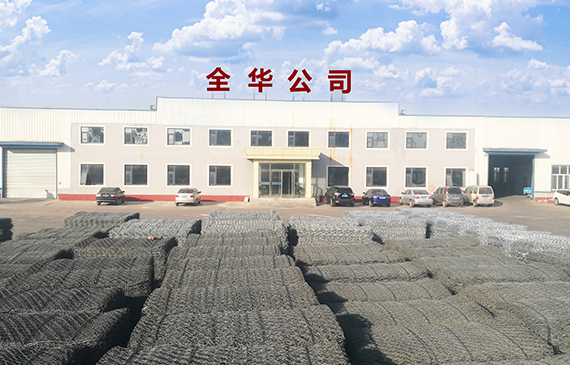Nov . 16, 2024 20:15 Back to list
installing gabion wall
Installing a Gabion Wall A Comprehensive Guide
Gabion walls, composed of wire mesh baskets filled with rocks or other materials, have gained popularity due to their durability, aesthetic appeal, and environmental benefits. These structures are commonly used for retaining walls, erosion control, and landscaping features. Installing a gabion wall may seem daunting, but with the right planning and tools, it can be a rewarding project. This article will guide you through the process of installing a gabion wall.
Step 1 Planning and Design
Before beginning the installation, proper planning is essential. Consider the purpose of your gabion wall, as this will dictate its design and dimensions. Measure the area where the wall will be placed, and determine the height, length, and width of the structure. Ensure that you acquire the necessary permits and check local regulations, as some areas have specific guidelines for construction.
Next, decide on the type of gabion baskets you want to use. They come in various sizes and shapes, and the choice depends on the desired aesthetics and functionality. Common materials used for filling the baskets include granite, river rocks, or recycled concrete. The choice of fill material can also affect the overall look of the wall, so be sure to select rocks that complement your landscape.
Step 2 Gathering Materials and Tools
Once you have your design in place, gather the necessary materials and tools. You will need
- Gabion baskets (choose the appropriate size and shape) - Fill material (rock or stone) - A shovel and wheelbarrow - A level - Measuring tape - Landscape fabric (optional, for drainage) - Gloves and safety glasses
Make sure to have all tools and materials on site before starting the installation
. This will save you time and ensure a smoother process.Step 3 Preparing the Site
The next step involves preparing the site where the gabion wall will be installed. Start by clearing the area of any debris, vegetation, or obstacles. Depending on the height of your wall, you may need to excavate the ground to create a stable foundation. It is crucial that the base of the wall is level and compacted for structural integrity.
installing gabion wall

If you plan to build a taller wall or one in a location with poor drainage, consider laying landscape fabric at the base. This will help prevent soil erosion while allowing water to drain through the wall.
Step 4 Assembly of Gabion Baskets
Now that the site is prepared, begin assembling the gabion baskets. They usually come flat and need to be bent into their three-dimensional shape. Use the wire ties included with the baskets to secure the corners and edges. Ensure each basket is sturdy and holds its shape before proceeding.
Once you have your baskets assembled, position them according to your design. It’s essential to check that each basket is level and plumb, especially if you are stacking baskets to create a taller wall.
Step 5 Filling the Baskets
With the baskets in place, it’s time to fill them with your chosen material. Begin adding the fill, starting from the back of the basket and working toward the front. Distribute the rocks evenly and pack them down to avoid gaps. This step is critical as tightly packed fills will provide better structural support for the wall.
Once the bottom layer is filled, continue to fill the baskets until they are just above the top edge. This extra material will help create a natural look and stability when settling occurs.
Step 6 Finishing Touches
After filling the baskets, secure any loose ends of the wire mesh and top it off with a few smaller rocks or vegetation to enhance the aesthetic appeal of the gabion wall. At this point, you may want to consider adding plants or other landscaping features around the base of the wall for a natural finish.
Conclusion
Installing a gabion wall is a straightforward yet effective project that can enhance your landscape while providing functional benefits. With careful planning, proper execution, and the right materials, you can create a durable structure that complements your outdoor space. Whether for landscaping, erosion control, or as a retaining wall, gabion walls are an attractive and sustainable solution for modern landscaping needs. By following these steps, you will not only have a functional structure but also a unique feature that adds character to your property.
-
Visualizing Gabion 3D Integration in Urban Landscapes with Rendering
NewsJul.23,2025
-
The Design and Sustainability of Gabion Wire Mesh Panels
NewsJul.23,2025
-
The Acoustic Performance of Gabion Sound Barriers in Urban Environments
NewsJul.23,2025
-
Mastering the Installation of Galvanized Gabion Structures
NewsJul.23,2025
-
Gabion Boxes: Pioneering Sustainable Infrastructure Across the Globe
NewsJul.23,2025
-
Custom PVC Coated Gabion Boxes for Aesthetic Excellence
NewsJul.23,2025
-
Installation Tips for Gabion Wire Baskets in Erosion Control Projects
NewsJul.21,2025






